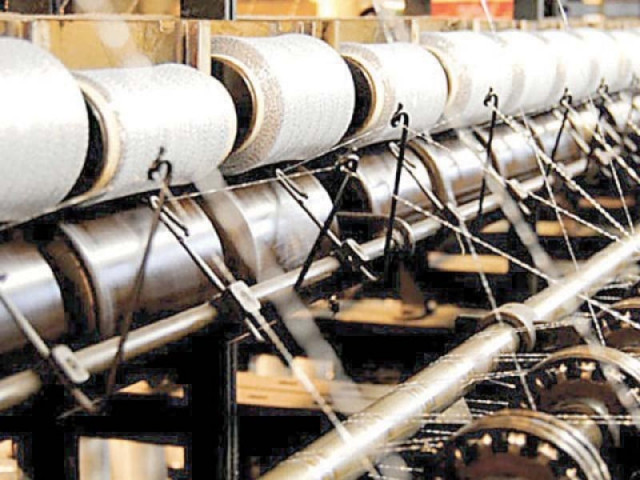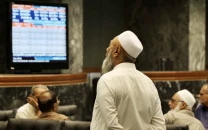Domestic textile sales outpace exports
Smuggled, imported textile goods still dominate Pakistan’s market

Pakistan’s textile industry has lost technological advantage over its competitors as no major investments have been made over the past decade. PHOTO: FILE
Textile sales in the local market currently stand at $13.7 billion out of the combined local and foreign sales of $26 billion, Aptma revealed. Textile exports for the year 2016-17 stood at $12.3 billion.
The organisation said the textile industry’s share in the local market was still below potential since it constituted merely 32% of the textile items bought by consumers. Smuggled or informal (24%) and imported goods (44%) make up the rest of the textile products being sold in Pakistan.
According to Aptma statistics, the textile sector contributes 8.5% to Pakistan’s total economic output of $300 billion. The sector is underperforming both in domestic as well as in export markets because of several structural and external challenges.
Aptma said Pakistan’s global market share had declined from 2.2% to 1.7%, a fall of 23% over the past few years. Regional competitors including India, Bangladesh and Vietnam have, however, managed to increase their exports to $36.4 billion, $31 billion and $31.5 billion respectively by 2016 from $27.7 billion, $19 billion and $15.2 billion in 2010.
Their share in global textile exports has increased proportionately to 4.9%, 4.2% and 4.2% respectively.
Apart from these issues, the textile sector, in general, was facing several challenges including outdated technology, Aptma representatives said.
While several manufacturers have upgraded their production units by installing technologically advanced machinery and equipment, the trend has failed to pick up momentum across the entire sector.
Pakistan’s textile industry has lost technological advantage over its competitors as no major investments have been made over the past decade. Industry sources identify investor reluctance to make new investments due to high cost of doing business as the reason behind this shortfall.
“The industry has lost 15% of the technological edge it had over its competitors,” said an Aptma member.
The textile sector saw investment of $1 billion in machinery in 2005-06. Annual investments since then have come down with a mere $560 million invested in 2016-17, down 44% from 2005-06.
India and Bangladesh, on the other hand, added 25 million and 4.29 million spindles respectively to their textile sector infrastructure between 2005 and 2015 along with 78,600 and 42,900 shuttle-less looms.
Aptma said the major reason behind the declining trend was high cost of electricity. Energy costs constitute more than 30% of the total conversion cost in spinning, weaving and processing industries.
Industry representatives decried that the industrial gas tariff in Pakistan was 100% higher whereas electricity tariff was approximately 50% expensive than that in regional competitors.
Electricity bills are inflated with various surcharges including line losses, theft surcharge and system inefficiencies, which cannot be passed on to international buyers of Pakistani textiles.
Aptma said the industry was also facing sustainability challenges due to non-tariff barriers including compliance-related barriers to entry into major markets.
Conditions such as implementation of the United Nations’ Sustainable Development Goals, compliance with 27 UN conventions for the EU’s GSP Plus status and modifications in World Trade Organisation rules on labour standards restrict the entry of Pakistani goods in several markets.
Aptma representatives are still optimistic about the industry’s export potential - estimating additional export capacity of $3.9 billion subject to an enabling environment.
Revising free trade agreements and regional trade agreements according to the country’s comparative advantages is one such remedy.
Published in The Express Tribune, August 6th, 2017.
Like Business on Facebook, follow @TribuneBiz on Twitter to stay informed and join in the conversation.



















COMMENTS
Comments are moderated and generally will be posted if they are on-topic and not abusive.
For more information, please see our Comments FAQ